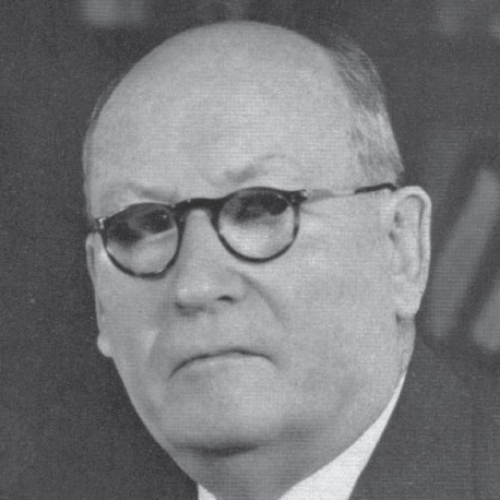Looking back at the past: South African Apartheid (Part I: The beginning of Apartheid)

DF Malan
1948: a year remembered by all South African people. The year where D.F. Malan and the National Party won the elections to the shock of the whole country. It was the year where Apartheid appeared to oppress the non-whites; it was the year where the battle against discrimination officially began.
Before looking back at the past, and revisiting the Apartheid era, it is of utmost importance to fully understand what the term "apartheid" means. Apartheid, according to the Oxford Learner's Dictionary, was "the former political system in South Africa in which only white people had full political rights and other people, especially black people, were forced to live away from white people, go to separate schools, etc." To put it simply, Apartheid was institutionalized segregation against the non-white population of South Africa.
Apartheid was divided into two different stages: Petty Apartheid and Grand Apartheid. Petty Apartheid basically consisted of laws that separated Black people from the White in their daily lives; from restaurants, buses, lavatories, and even in their jobs and wages. The main purpose of Petty Apartheid was to secure complete social, political and economic domination of Whites over Blacks. Petty Apartheid lasted from the government of DF Malan, to the one of JG Strijdom (1948-1958).
Grand Apartheid, on the other hand, wanted more of a complete territorial segregation of South Africa. It wanted whites to not interact with other races at all. It started with HF Verwoerd (after being selected to replace Strijdom in 1958). Grand Apartheid also tried to establish moral legitimacy to the apartheid system, with the argument that they were giving full independence to the non-whites.
The Apartheid era started back in 1948, when the Reunited National Party (HNP) won the elections (with 70 seats of the House of Assembly), making DF Malan the new prime minster.
It was a very shocking moment for all the South Africans, especially for the blacks; Nelson Mandela himself said that after the NP`s victory he was "stunned and dismayed." The United Party (UP, led by Jan Smuts) had been in the power for more than 15 years, so the NP's victory was quite a surprise.
The UP had done alliances with the Labour Party, trying to create the basis for a racially united country, where Blacks could have similar rights to the Whites, while the HNP made an alliance with the Afrikaner party (they merged in 1951, becoming the National Party, NP).
What has to be taken into consideration is that Africans (the blacks) couldn't vote since 1909 because of the South Africa Act passed by the British Parliament (South Africa was part of the Common Wealth back then), which meant that only Whites, Coloureds, Asians and an extremely limited amount of Blacks were allowed to vote. Apartheid clearly had started way before 1948, but it was in 1948 that it became more institutionalized than ever.
The National Party's strategy was to exploit the White's fears towards the Blacks, demonstrating the white population (which was the majority when it came to voting) that they were fully aware of the threat that they felt because of the Black population (regarding their rising political aspirations, crime, and other issues), and that they were willing to change the system to give Whites advantages (some of those advantages included limiting employment opportunities for blacks - which would regulate competition - , continuity and support of the agricultural sector with cheap African labour, and growth of financial and commercial sectors of the Afrikaners). In a few words, this is how their government plan of a separated social organization, Apartheid, was born.
In a few words, the following points are the ones that summarize the beginning of Apartheid:
- Apartheid was institutionalized segregation against the non-whites in South Africa from 1948 to 1964.
- Apartheid was divided into two: Petty Apartheid (during DF Malan and JG Strijdom's government: separation in public spaces) and Grand Apartheid (during HF Verwoerd's government: segregation of the whole country).
- Africans in South Africa weren't allowed to vote since 1909 because of the South Africa Act of the British Parliament.
- In 1948, the Reunited National Party (HNP), led by DF Malan won the elections against the United Party, led by Jan Smuts.
- The HNP exploited White's fears of the Black population to gain their votes, offering them political, social and economic advantages over the Blacks.
Comments
Post a Comment